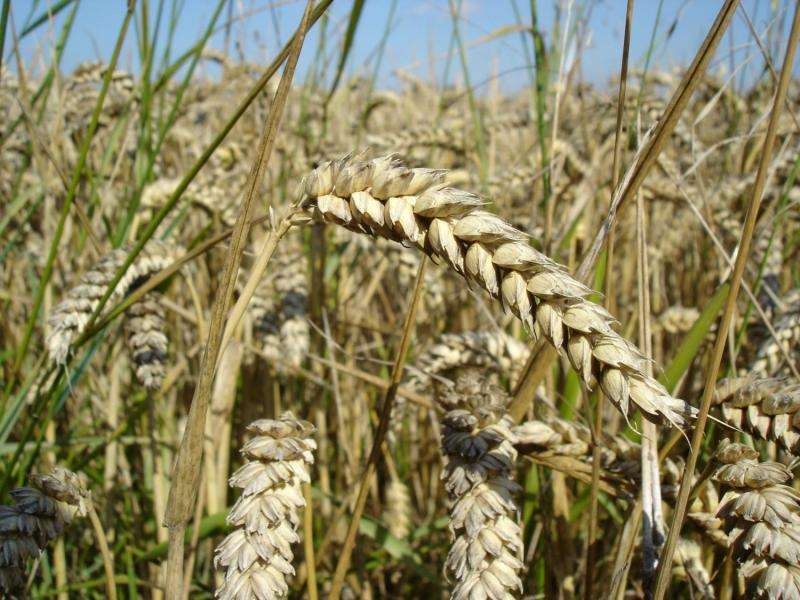Researchers have discovered a trimer complex, TaNF-Y, that can simultaneously regulate the biosynthesis of starch and seed storage proteins in wheat, potentially solving the longstanding trade-off between grain yield and quality.

Unlocking the Wheat Yield Puzzle
Wheat is a key model crop in the cereals and long has been a target for intense breeding effort around grain yield and quality. The problem is that these two traits have long held a negative relationship—creating a classic breeding arms race between plant resistance and pathogen virulence for plant sustainability.
The contingent content and composition of grain starch and seed storage proteins (SSPs) are essential quality and yield determinants. Starch acts as a deposit to form carbohydrates reserve which is weight gain, while SSP content and composition also play a major role in determining the flour quality. Up until now, any attempt to raise levels of one has always resulted in a decrease in the other so breeders and growers have had to choose.
The Trimer Complex Solution
Now, enter the groundbreaking discovery of Professor Xiao Jun and research group at the Institute of Genetics and Developmental Biology of The Chinese Academy Of Sciences. Here, we have identified a trimer complex controlling both starch and SSPs biosynthesis designated as TaNF-Y.
TaNF-Y complex, which is comprised of TaNF-YA3-D, TaNF-YB7-B, and molecular scaffold protein TaNF-YC6-B. This trimer complex directly or indirectly regulates the transcription of genes in starch and SSP synthesis, maintaining a fine balance between these two pathways.
When the genes for TaNF-YA3 and TaNF-YC6 were silenced using RNAi, the starch content decreased while storage protein increased compared to that of wild-type. This indicates that the TaNF-Y complex is a key element for integration of grain number and grain weight.
Conclusion
One of the most profound results that can be achieved by exploiting the TaNF-Y trimer complex to simultaneously control endosperm starch and seed storage protein biosynthesis in wheat relates to the wheat breeding revolution. Through a new understanding of this complex and the natural diversity that then optimizes the trade-off, researchers, and breeders ultimately develop improved-quality wheat varieties which allow for both high-yield and high-grain quality in response to increasing global demand.
